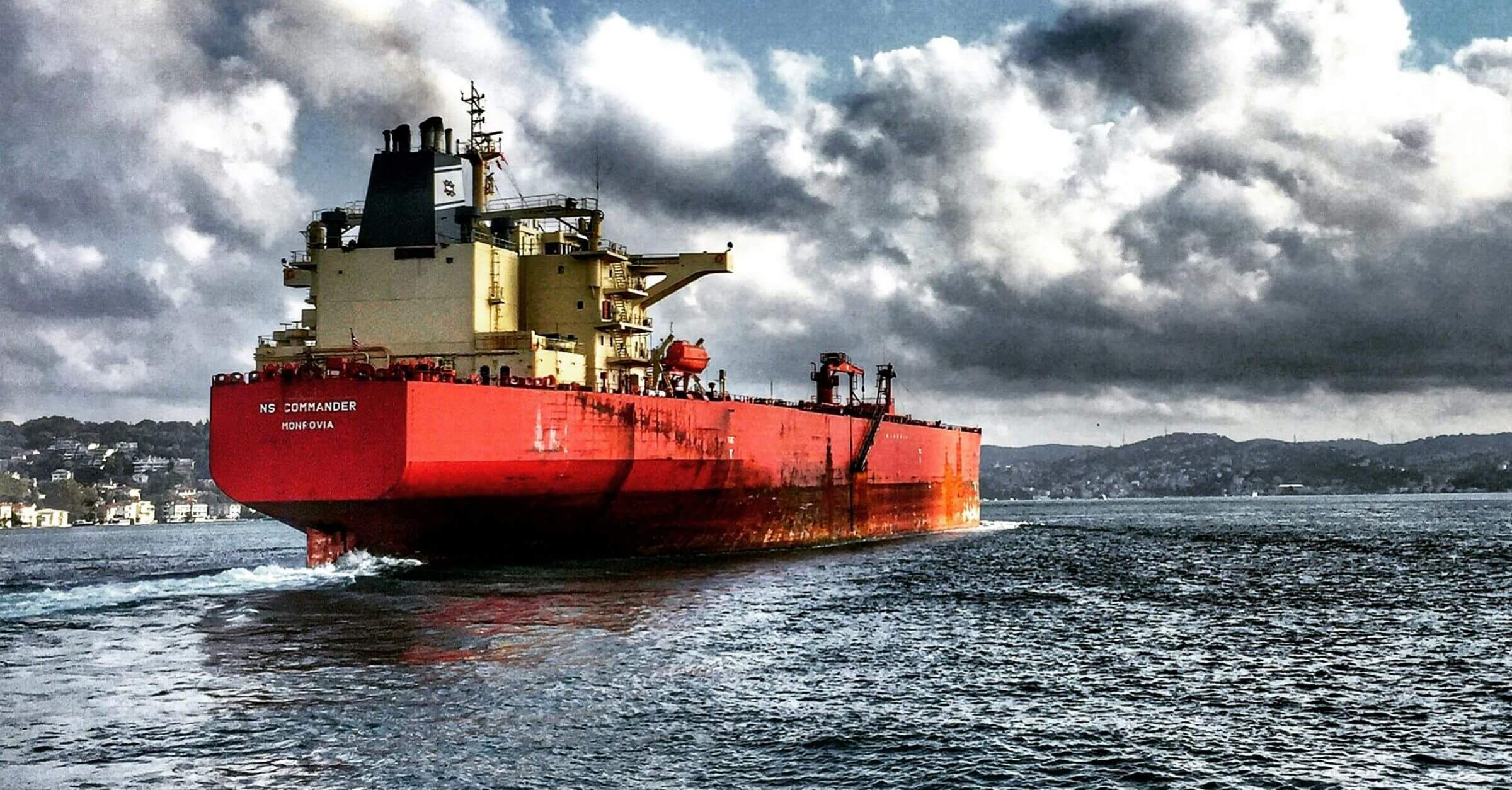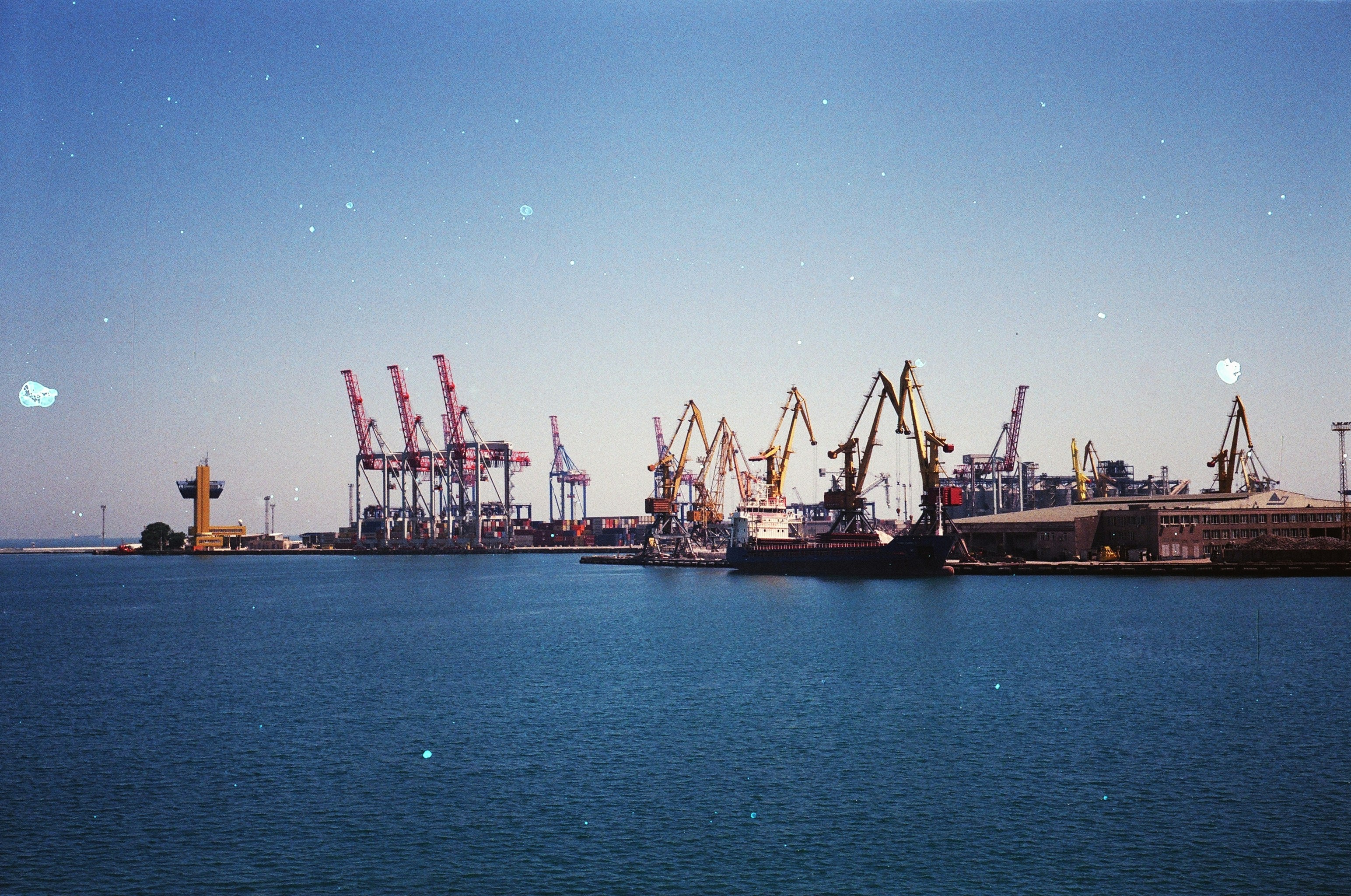Just-in-Time shipping
Just-in-Time (JIT) shipping is hailed as a solution to inefficiencies, emissions, and port congestion across the maritime industry... but achieving JIT in practice has proven elusive.

This article explores the challenges that prevent JIT from becoming standard, focusing on poor data sharing, inconsistent data quality, and fragmented systems. It also makes a strong case for a “best-in-breed” approach: a network of focused, specialized tools that communicate seamlessly, rather than relying on a monolithic platform.
The JIT hypothesis
The core premise of JIT shipping is to synchronize vessel arrivals with berth availability. Vessels travel at optimal speeds to reduce fuel consumption and arrive exactly when ready, eliminating idle anchorage and port congestion. According to the Global Industry Alliance to Support Low Carbon Shipping (GIA), implementing JIT arrivals can reduce fuel consumption at anchorage by up to 23% (IMO-GIA, 2021).
The ground reality
Despite the benefits, JIT shipping is far from widespread. The culprit? A fragmented digital landscape where systems don’t speak the same language.
In a typical bulk operation, the charterer’s voyage system may not align with the agent’s port ETA updates, often leading to early arrival and unnecessary waiting. Port Community Systems (PCS), such as Hamburg Vessel Coordination Center or PortNet (Singapore), are often national or port-specific and have limited integration with shipowner systems. A port’s berth scheduling system may rely on manual updates from local agents via email or even phone, making real-time optimization impossible. As a result, vessels still speed up only to wait at anchorage—losing both fuel efficiency and charter value.
The Illusion of “one system fits all”
There are powerful all-in-one platforms in shipping today, offering everything from emissions tracking to voyage planning. However, expecting one tool to handle the needs of a tanker operator in Singapore, a reefer fleet in Latin America, and a bulk operator in Europe is unrealistic.
Why best-in-breed wins:
- A high-performance laytime calculator may not handle environmental compliance well.
- A port call scheduling tool may be excellent at berth planning, but lack fuel consumption tracking.
- Charterers, agents, and ports all have different systems; forcing standardization often leads to rigidity.
The aviation industry solved this through open architecture. No one expects the flight planning tool to handle passenger booking or customs clearance. Interoperability is the key.
Why intermediary platforms are vital
The future is not one giant platform but a mesh of connected tools, all feeding data into and out of a shared operational layer. This is where intermediary platforms like The Ship VRS add value.
The role of The Ship VRS:
- Captures real-time event data (e.g., arrival, anchoring, berthing, shifting, sailing) directly from the vessel and port actors.
- Standardizes timestamps and digitalizes Statement of Facts with digital signing.
- Feeds structured data into systems used by charterers, port agents, and environmental reporting tools.
- Integrates seamlessly with other systems via API, becoming a trusted source of truth without forcing a system replacement.
Therefore, we enable accurate, verified laytime calculations, proactive emissions management, as well as JIT arrival coordination.
Real-World Examples
- Port of Rotterdam’s Pronto platform allows ships to share standardized timestamps and improve berth planning. Yet it still relies on consistent input from third-party tools to function effectively (Port of Rotterdam, 2019).
- Maersk’s JIT pilot in collaboration with ports and the GIA resulted in measurable CO2 reductions by reducing time at anchor and optimizing speed. But this required structured collaboration and transparent ETA sharing across multiple systems.
- The Ship VRS has enabled charterers to automatically receive digital SoFs with embedded, signed timestamps, allowing automated demurrage verification and audit trails.
Data quality and ownership
Many systems do integrate - but the data itself is unreliable or incomplete. The key to progress lies in:
- Ensuring real-time data capture from ship and shore.
- Using validated, digitally signed data for trust and transparency.
- Avoiding duplicated input in multiple systems by creating a central hub.
Real-time, best-in-breed ecosystems
JIT shipping is only possible when everyone operates from shared, trustworthy, structured data. Rather than expecting one tool to do everything, the future lies in:
- Open APIs and plug-and-play integrations.
- Specialized tools that solve complex problems exceptionally well.
- Platforms like The Ship VRS that act as operational glue, keeping systems aligned and data consistent.
Be on time to be in sync
JIT shipping is not a dream - it’s a design challenge. The path forward is not to force standardization, but to enable intelligent, secure interoperability. The “best-in-breed” philosophy, combined with platforms like The Ship VRS, allows the maritime industry to stay agile and compliant, act proactively instead of reactively, as well as creating value from data rather than noise.
Efficiency, insight, and collaboration will define the winners of tomorrow.

Why Shipping’s Digital Future Starts with a Vessel Reporting System

Why the Statement of Facts is Essential in Shipping Operations

FuelEU Maritime: What shipping operators need to know
Get in touch
Have any questions about The Ship VRS? Don't hesitate to reach out to our sales team.

